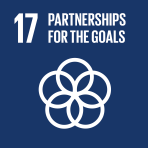Abstract
From around 2000 onward, donors and recipient governments embarked upon a new aid paradigm. The most important elements include increased selectivity in the aid allocation, more ownership of recipient countries based on nationally elaborated PRSPs, and more donor alignment and harmonization via program-based approaches such as budget support. The paper assesses the theoretical merits of this new paradigm, identifying some contradictions and limitations, and then examines its implementation over the past decade and its results. The empirical results largely confirm the earlier identified weaknesses and limitations. The paper concludes with some suggestions for improving aid practices.
© United Nations
- 31 12月 2013


